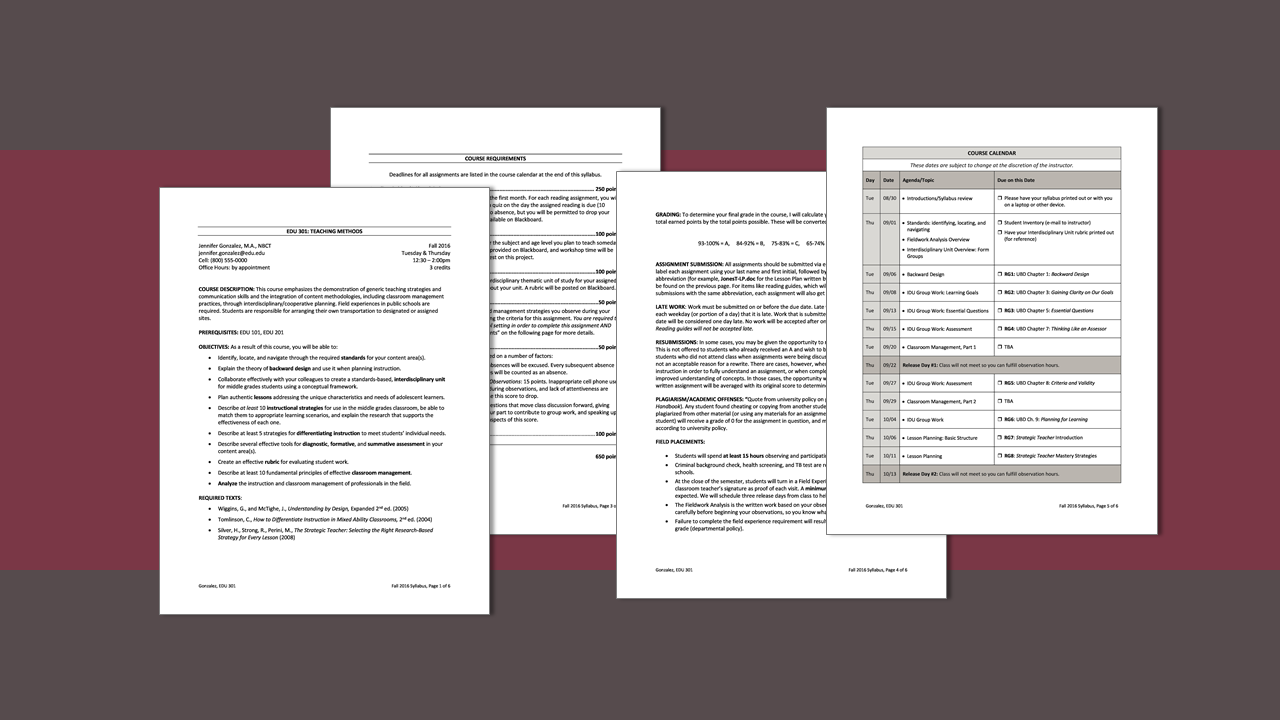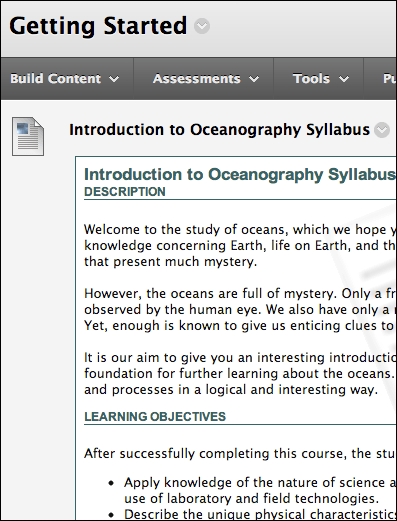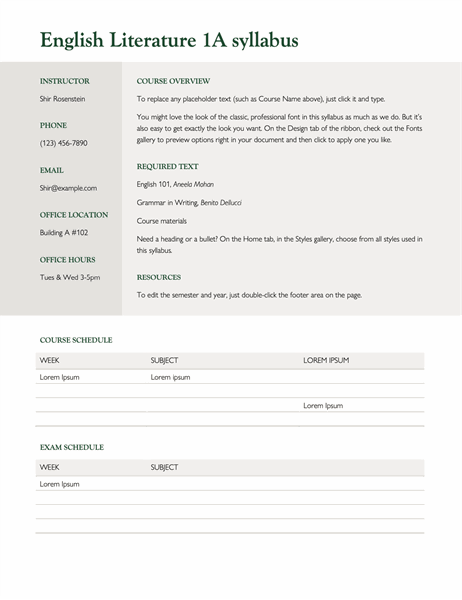Awe-Inspiring Examples Of Info About How To Develop A Syllabus

A syllabus indeed fulfills many functions in a course, and those functions can vary depending on the desires and personality of the instructor designing it.
How to develop a syllabus. One hbs professor shares his take on course development―and his syllabus step #1: How to create a syllabus for your course if you are teaching a course at iupui, you must provide your students with a detailed syllabus that outlines what the course will cover, what is. Let’s go over some basics.
The process of developing a syllabus can be a reflective exercise, leading the instructor to carefully consider his or her philosophy of teaching, why the course is important, how the. Check how your course contributes to your department, program, or graduate field curriculum and learning outcomes. This subject presents several practical concept development.
Write your syllabus in the first and second person (“we will do this,” “you will learn that,” “i expect you to do some third thing”) rather than the third person (“students will learn x”). Syllabus development is one of the most critical and difficult aspects of successfully implementing an academic community. List the policies of your course and your classroom.
First, a syllabus should address the following components of a course or class (items unique to higher education are in italics): Determine what you want the course to achieve overall. Here are just a few of the most.
Include more rather than less material. This includes your rules along with academic. Organize information from most important to least important.
Getting started with writing a syllabus.


















